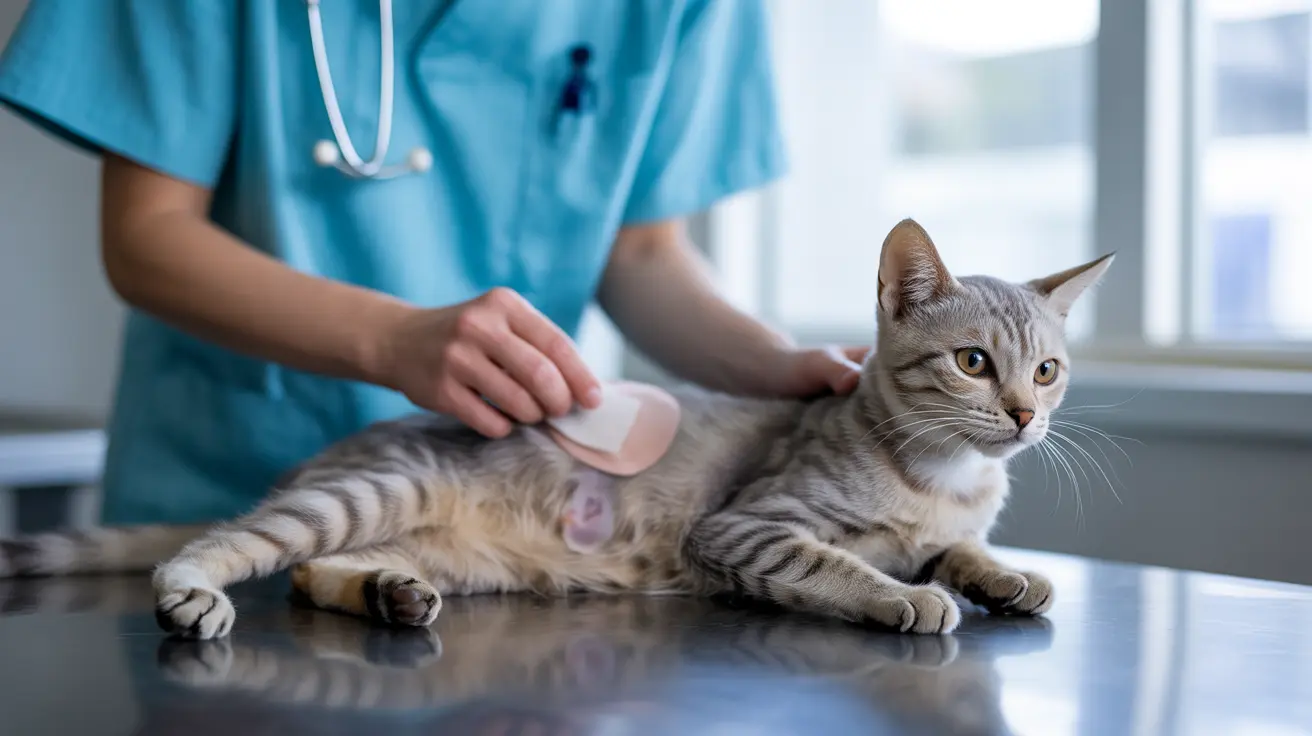If you're a cat owner, you've likely encountered the frustrating phenomenon of finding scattered litter around your pet's litter box. This common behavior, where cats kick litter out of the box, is rooted in both natural instincts and environmental factors. Understanding why cats engage in this behavior and how to manage it effectively can help create a cleaner home environment while respecting your cat's natural tendencies.
The Natural Instinct Behind Litter Kicking
Cats are naturally programmed to bury their waste, a behavior that stems from their wild ancestors. In nature, this helped cats avoid detection by predators and mark their territory. When your domestic cat kicks litter, they're following these deeply ingrained instincts, even though they face no natural predators in your home.
This instinctual behavior involves not just covering waste but also marking territory through scent glands in their paws. The act of digging and kicking helps distribute these scent markers, creating a sense of security and ownership over their space.
Environmental Factors That Influence Litter Scattering
Litter Box Size and Design
The dimensions of your cat's litter box play a crucial role in how much litter ends up outside it. A box that's too small forces your cat to perform their natural digging motions in a confined space, often resulting in more litter being scattered. Experts recommend using a box that's at least 1.5 times the length of your cat.
Litter Depth and Type
The amount and type of litter in the box can significantly impact your cat's kicking behavior. Too much litter (over 4 inches) encourages excessive digging, while too little (less than 2 inches) may not satisfy their covering instinct. Different litter materials can also affect how much scatter occurs, with some types being more prone to flying out of the box than others.
Solutions for Managing Litter Scatter
Modified Litter Box Options
High-sided litter boxes or top-entry models can help contain scattered litter more effectively. These designs work with your cat's natural behaviors while minimizing mess. Some cats may need time to adjust to covered boxes, so introduce changes gradually.
Strategic Box Placement and Accessories
Placing litter catching mats around the box can help trap scattered litter before it spreads through your home. Position the box in a corner or against a wall to minimize the directions in which litter can be kicked. Some owners find success with litter box furniture that includes built-in scatter control features.
When to Be Concerned
While some litter kicking is normal, excessive or sudden changes in this behavior might indicate underlying issues. Stress, medical conditions, or dissatisfaction with litter box conditions can all lead to increased litter scattering. If you notice dramatic changes in your cat's litter box behavior, consult with your veterinarian.
Frequently Asked Questions
Why does my cat kick litter out of the box after using it?
This is a natural instinct related to waste burial and territory marking. Cats in the wild use this behavior to hide their presence from predators and mark their territory. Your domestic cat is following these same instincts, even in a safe indoor environment.
How can I reduce my cat's litter scattering and kicking behavior?
Use a larger litter box with high sides, maintain appropriate litter depth (2-4 inches), place litter-catching mats around the box, and ensure the box is cleaned regularly. Consider using a covered box or one designed specifically to reduce scatter.
What is the best litter box size and style to prevent litter from being kicked out?
The ideal litter box should be at least 1.5 times your cat's length, with sides at least 5-7 inches high. Top-entry or high-sided boxes can be particularly effective at containing scattered litter.
Can the type or depth of cat litter affect how much my cat kicks litter outside the box?
Yes, both litter type and depth significantly impact scattering. Most cats prefer clumping litter at a depth of 2-4 inches. Heavier litters tend to scatter less, while lighter ones are more likely to be kicked out.
When should I be concerned that my cat's litter kicking might indicate a health problem?
Be concerned if you notice sudden changes in litter box behavior, excessive digging or kicking, or if your cat seems distressed while using the box. These changes could indicate stress, discomfort, or medical issues that require veterinary attention.
By understanding and working with your cat's natural instincts while implementing practical solutions, you can effectively manage litter scatter while keeping your feline friend happy and comfortable.






